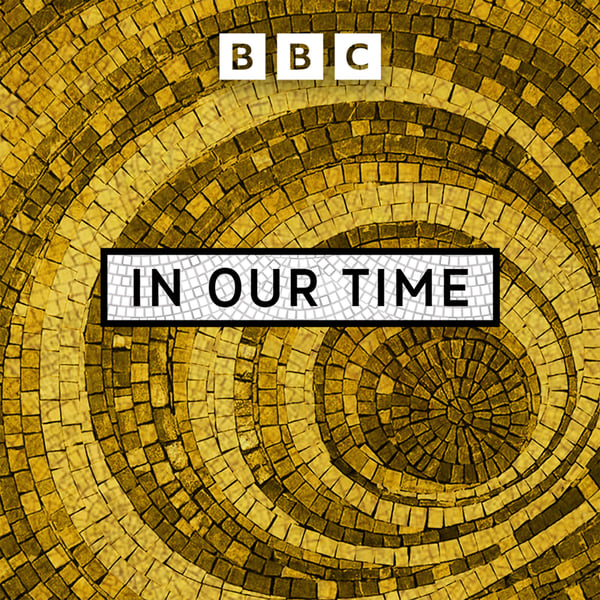Summary
Transcript
Click on a timestamp to play from that location
| 0:00.0 | Thanks for downloading the in-artime podcast. For more details about in-artime and for our terms of use, please go to bbc.co.uk forward slash radio for. I hope you enjoy the program. |
| 0:12.0 | Hello, in 1900, a Taoist monk came upon a cave near the Chinese town of Dunhuang. Inside, he found thousands of ancient manuscripts. |
| 0:21.0 | They revealed a vast amount of evidence about the so-called Silk Road, the great trade routes which had stretched from central Asia through desert oasis to China throughout the first millennium. |
| 0:32.0 | Besides, Silk the Silk Road helped the dispersion of writing and paper making, coinage and gunpowder, and ideas. It was along these trade routes that Buddhism reached China from India and Islam also moved east along the Silk Road. |
| 0:45.0 | The history of these transcontinental links reveals a dazzlingly complex meeting and mingling of civilizations which lasted for about 1400 years. |
| 0:53.0 | We'd me to discuss the Silk Road at Tim Barrett, Professor of East Asian History at the School of Oriental and African Studies, name is standon, senior lecturer in Chinese history at Newcastle University, and Francis Ward, head of the Chinese section at the British Library. |
| 1:08.0 | Francis Ward, can you give us a working definition of the Silk Road that we'll be talking about this morning? |
| 1:14.0 | I hope my colleagues agree that the Silk Road is a term that was applied in the late 19th century to a series, a network of trade routes from the east to the west. |
| 1:25.0 | There are some people who take these trade routes much further than perhaps we will today, but I mean for purposes today, I think we're talking about a route which goes from Dunhuang on the edge of the deserts which sit in the centre of Asia. |
| 1:41.0 | You get one route running north along the Oasis Towns, one route goes south along the Oasis Towns there, avoiding the central desert. |
| 1:48.0 | They join together at Kashgar. |
| 1:50.0 | Now the whole area is surrounded by mountains, and at Kashgar you could make the decision if you wanted to take your silk and you further, you might go down into India across the Pamirs or you might go further on across Persia and eventually to the coast of the Mediterranean. |
| 2:07.0 | So it's a network of trade routes which runs on the either side as it were of the central deserts of Central Asia. |
| 2:14.0 | But we know the silk reach Rome and the reports of the route going into Morocco, so when it got to Europe, it sprayed out in different directions but just kept moving along. |
| 2:23.0 | Yes, and I think one of the most important things to say about these trade routes is that the goods are not carried as it were by one man all the way from China to Rome. |
| 2:32.0 | The goods were passed on, so it is a network. Most people would have just traded goods from their Oasis Town onto the next Oasis Town, possibly a little further. |
| 2:42.0 | So we should talk about the goods that are transported really along the routes and not think about individual travellers. |
| 2:50.0 | So let's talk about the goods. Can you give us some idea of the spread of the goods? |
| 2:55.0 | There are all sorts of things that go mostly, I think, that the things we know about, of course, are the more valuable materials. |
| 3:02.0 | Because these are recorded in documents, you get, for example, the Sogdian letters of about 300 AD which describes some of the materials which are transported. |
| 3:11.0 | We don't know about perishables, but there are things like wool and linen, there are all sorts of aromatics, musk, white lead for cosmetic purposes. |
| 3:23.0 | First, Jade was perhaps the first thing to be traded along the routes from Catan to China, probably many thousands of years ago. |
... |
Please login to see the full transcript.
Disclaimer: The podcast and artwork embedded on this page are from BBC, and are the property of its owner and not affiliated with or endorsed by Tapesearch.
Generated transcripts are the property of BBC and are distributed freely under the Fair Use doctrine. Transcripts generated by Tapesearch are not guaranteed to be accurate.
Copyright © Tapesearch 2025.

